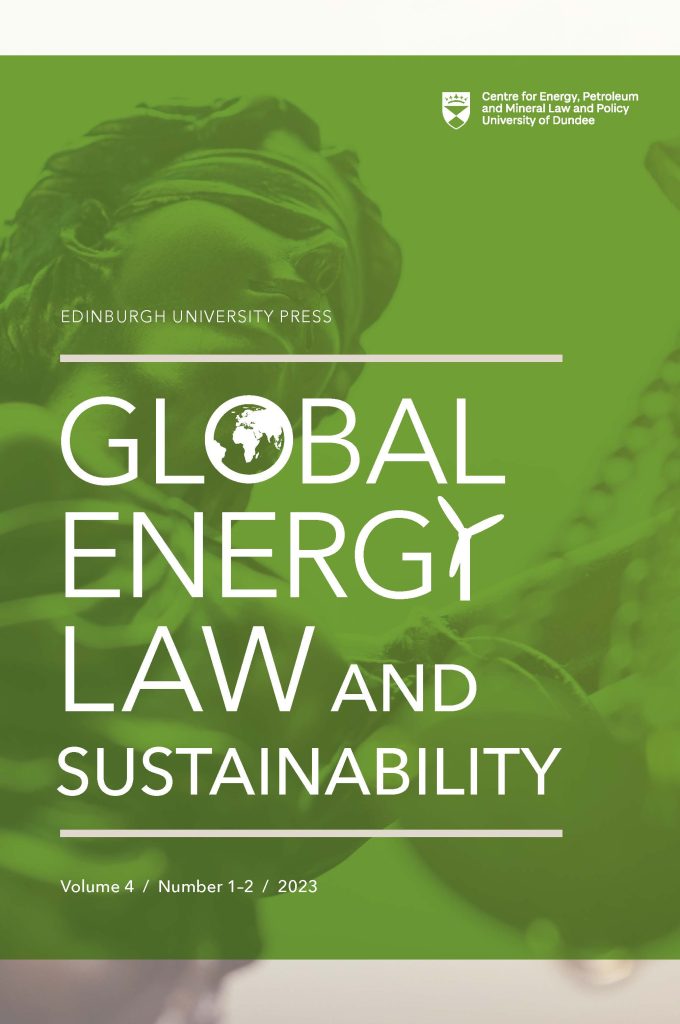
by Marco Conte and Katharina Bouchaar, Enercy1
In recent years, the increasing interest in the clean Hydrogen sector has led key stakeholders across Europe to develop ambitious projects, with green hydrogen as the main protagonist: the so-called “Hydrogen Valleys.”
The concept at the basis of a Hydrogen Valley is that it covers all the steps of the hydrogen value-chain, from production, through distribution and storage, to multiple end-user applications, ideally in different sectors (energy, industry, mobility). These projects should have a clear geographical definition, for instance local municipalities, regions, islands, or even ports and industry clusters, and be characterized by an underpinning political support, and a significant economic investment. Typically, project sizes are in the order of tens of millions of Euros. Other requirements of Hydrogen Valleys include the capability to be scalable, within the geographical area which defines the project, and replicable in other regions.
In Europe, the first Hydrogen Valleys were developed and implemented 8-10 years ago and named “Hydrogen Territories” (BIG HIT in Scotland, eFarm in Germany, and HyBalance in Denmark). They were characterized by a small geographical scale, as well as low volumes of hydrogen produced and utilized.
Today, more than 60 Valleys are under development across Europe. Some of them have ambitions for larger scales, like the Green Hydrogen Hub project in Denmark, the Nazarè Green Hydrogen Valley in Portugal, or the Basque Hydrogen Corridor in the North of Spain, all of them aiming to provide hydrogen to the local utilities, but also to export a part of it towards other regions and/or countries.
It may well happen that some Hydrogen Valleys will be characterized by a mismatch between hydrogen production potential and the actual local demand: the hydrogen produced will probably be larger than the demand in those regions with high availability of renewable sources but low population density, while the opposite might occur in regions with high population density and/or a large industry base, but no possibility to increase significantly their renewable electricity production.
The future of Hydrogen Valleys, and in general of the hydrogen economy, will strongly depend on how effectively the different projects will be able to communicate and exchange resources between each other.
A possible answer to this challenge might be represented by a new concept: the cross-border Hydrogen Valleys. Instead of considering a unique geographical area, different regions can be connected to each other through the exchange of hydrogen, e.g. through liquid hydrogen or other carriers, to allow the widest availability of hydrogen. A pioneer example of this kind is the emerging North-Adriatic Hydrogen Valley, involving three different nations: Croatia, Slovenia, and North-East Italy. With this project the hydrogen will be produced in different locations across these countries and exchanged between them, aiming at decarbonising major industrial sectors, such as steel and cement production, as well as maritime and road transport.

Another similar Hydrogen Valley under development is the BalticSeaH2 project, with its centre in southern Finland and Estonia, in which green hydrogen will be generated and exchanged with pipelines and ships between the two areas to be used mainly in the industrial and energy sectors.
In general, in these two projects, hydrogen is expected to be produced and consumed in comparable amounts among different regions that are part of the Hydrogen Valley. Other cross-border projects like the Blue Danube and the H2EU+Store have a different configuration. Here, two main areas can be identified: one with a significant potential for green hydrogen generation but a low demand for the gas (Romania for Blue Danube, Ukraine for H2EU+Store), the other with a higher hydrogen demand but a limited production potential (Germany and Austria for Blue Danube, Germany, Austria, and Slovakia for H2EU+Store). The flow of hydrogen will be mainly mono-directional, from the former to the latter area (Blue Danube and H2EU+Store could hence also be categorized as “Hydrogen Corridors”). With this configuration, the quantities of hydrogen produced and exchanged are likely going to be higher (H2EU+Store project, for example, aims to generate around 2,400 ktons of hydrogen each year by 2050) and the distances to cover longer, leading to prefer pipelines and ships to trucks for hydrogen distribution.

Although cross-border Hydrogen Valleys are still a novelty, they may well be an effective solution to create economies of scale and ensure the optimal deployment of hydrogen across Europe and beyond. Undoubtedly, they will have to face some challenges: the first one is related to financing and costs. In most cases these large-scale projects require new infrastructure to deliver hydrogen to off-takers (retrofitting the existing one may not always be possible) and thus significant investment. The larger geographical scale represents another challenge, as well as the extensive number of stakeholders that need to be involved to turn the cross-border hydrogen valley concept into reality. The political factor must not be forgotten either, and the required close collaboration between two or more nations that could change along the years. The right dose of political and economic support is required to overcome these barriers.
Despite the challenges, cross-border Hydrogen Valleys represent a valid step in the evolution of the Hydrogen Valley concept and the maturing of the hydrogen sector. They allow the optimal allocation and utilization of renewable resources across wider areas, while boosting local and regional economies, and contributing to accelerate the implementation of the hydrogen economy, which is a critical part on the journey towards a successful energy transition.
[1] Enercy is an international Engineering Consultancy specialised in the development of Hydrogen Valleys. You can
contact the authors at: marco.conte@enercy.nl and katharina.bouchaar@enercy.nl
Read the full article from the latest issue of Global Energy Law and Sustainability.

About Global Energy Law and Sustainability
Global Energy Law and Sustainability is an international journal dedicated to research in energy law and policy, with an interdisciplinary focus comprising themes from a range of disciplines involved in energy research.
Sign up for TOC alerts, subscribe to GELS, recommend to your library, and learn how to submit.
About the authors
Katharina Bouchaar is the Managing Director of Enercy, a leading international consultancy specialised in providing technical and strategic support for green hydrogen systems deployment.
Katharina is currently focusing on the creation of regional hydrogen hubs, also known as Hydrogen Valleys, as well as the interconnection of these Valleys with the aim to build a strong European hydrogen economy.
Thanks to her over 15 years of international experience working at the nexus between Green Hydrogen, Renewable Energy, Climate Change and Transport, including at the European Commission, Katharina has an excellent insight into EU Clean Energy Policy and Practice and the role Hydrogen can play in it. Katharina is also a Member of the Board of the Edinburgh Remakery, an award-winning Green Economy social enterprise.
Marco Conte has been working in Enercy B.V since September 2022; he started his experience inside the company as a trainee and now he covers the role of Junior Hydrogen Project Engineer. He successfully attended the Bachelor Degree and Master Degree in Energy Engineering at Politecnico di Milano university, ending his academic studies in May 2023, with a Master thesis entitled “Covering the electricity demand of maritime stations with hydrogen: A decarbonization study on Balearic ports”. He is strongly passionate about green technologies and motivated in making energy transition happen.





